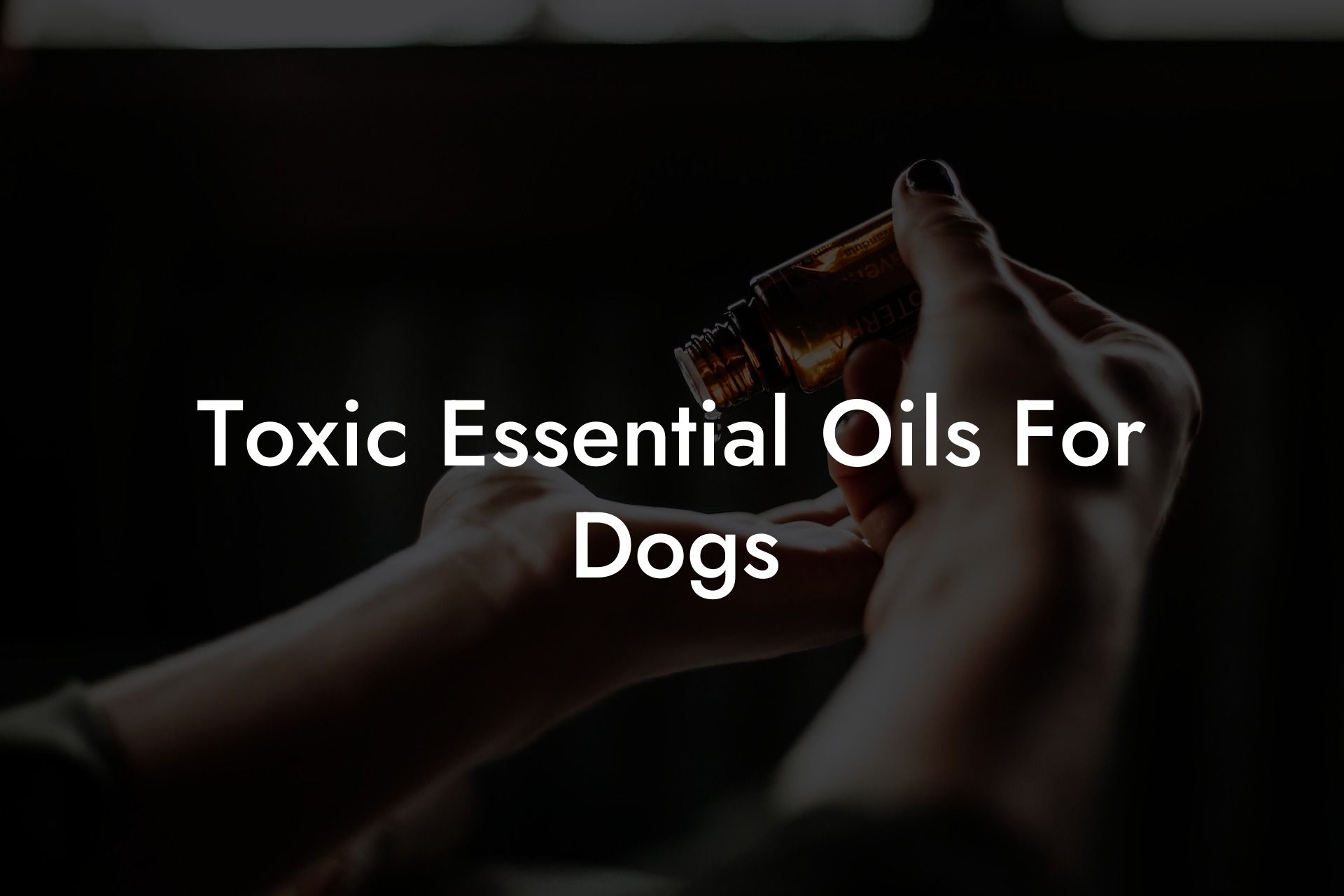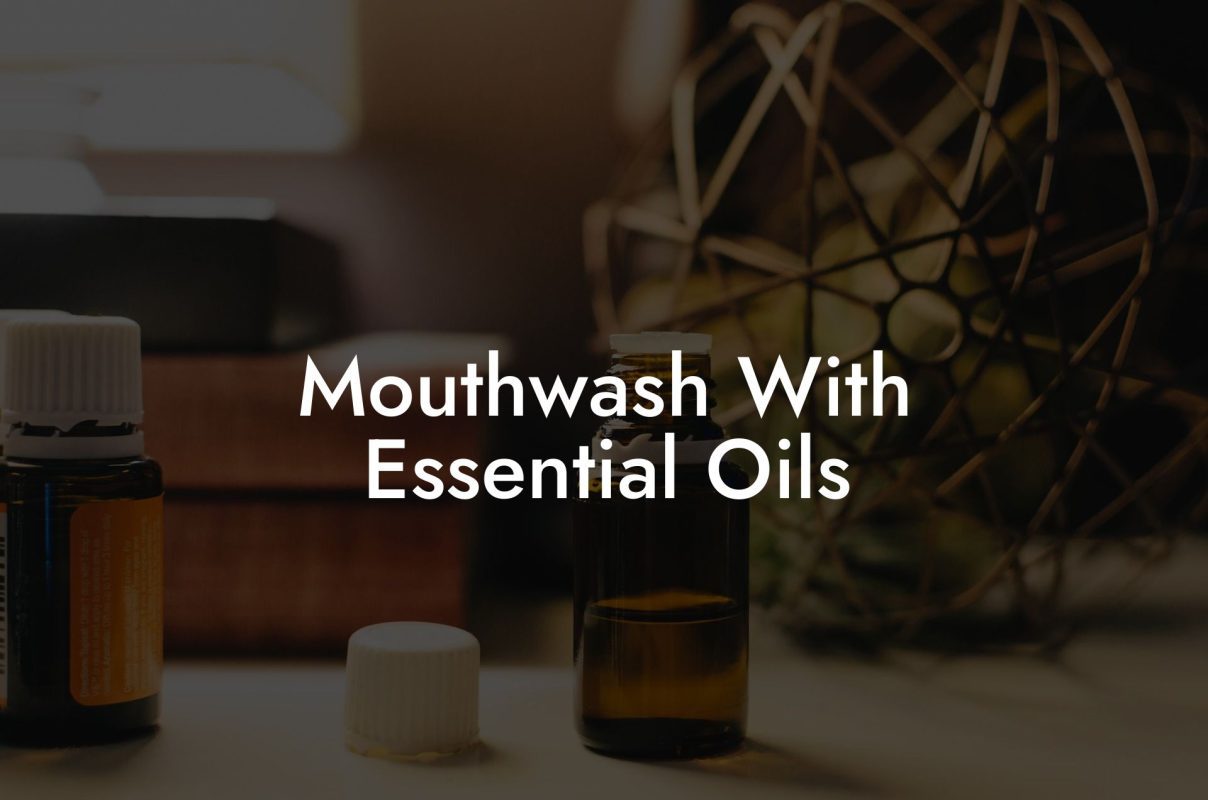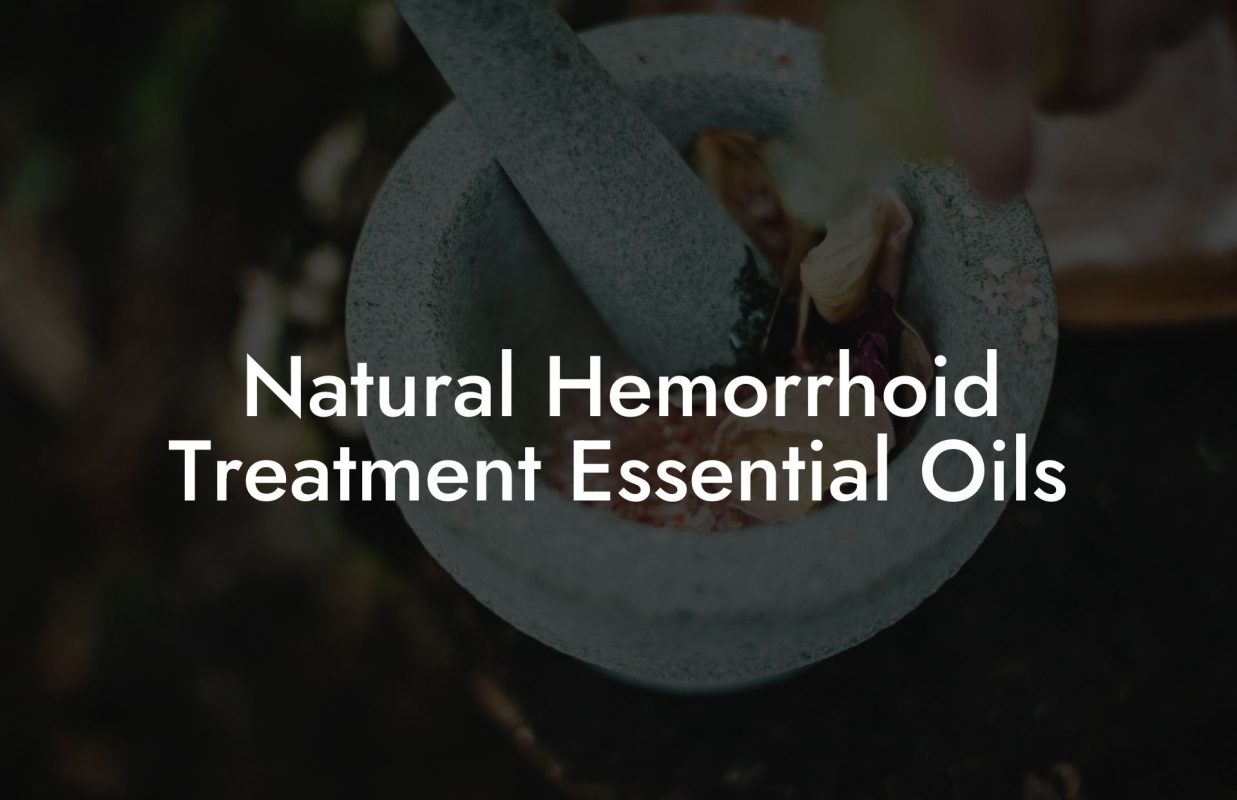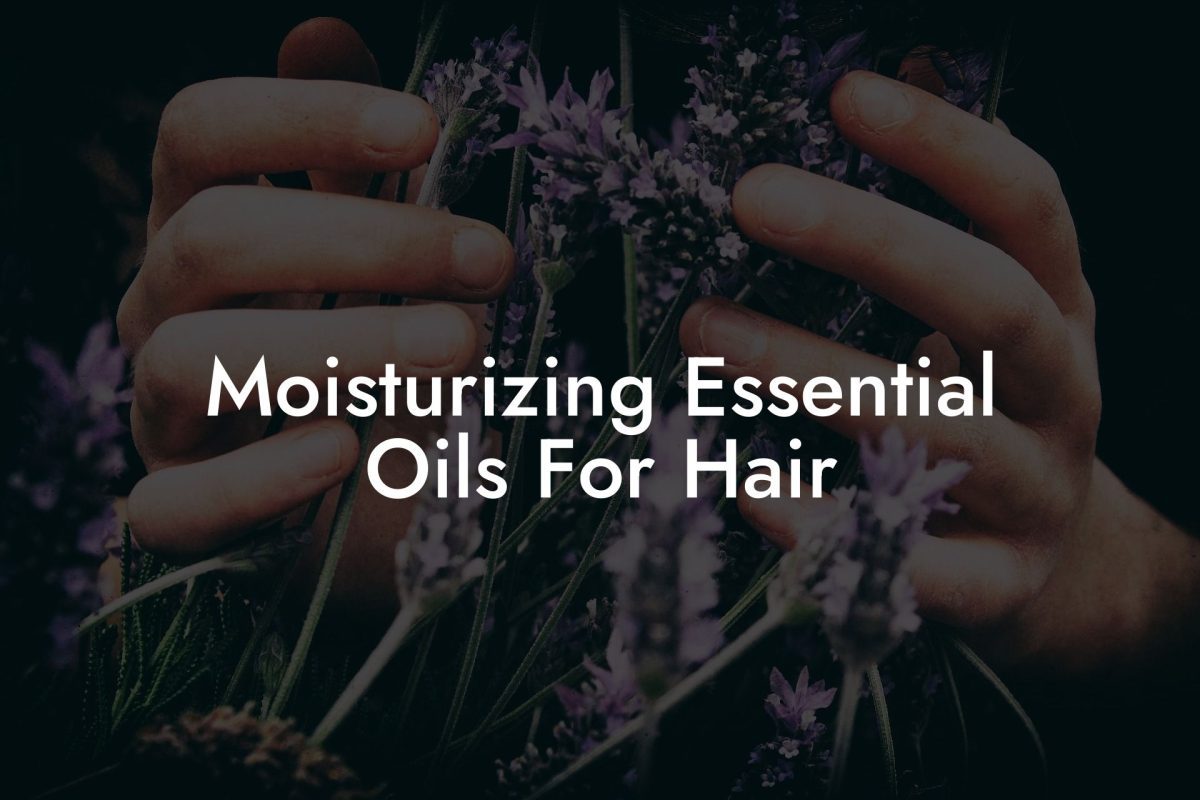As a dog owner, you want the best for your beloved pet, including seeking natural alternatives for their health and wellness. Essential oils have become an increasingly popular choice for many people thanks to their therapeutic benefits. However, did you know that not all essential oils are safe for our furry friends? In this article, we’ll explore toxic essential oils for dogs and learn how to protect our pets while still enjoying the benefits of aromatherapy.
Table of Contents
- Why Some Essential Oils are Toxic to Dogs
- Tea Tree Oil (Melaleuca alternifolia)
- Wintergreen Oil (Gaultheria procumbens)
- Clove and Cinnamon Oils (Syzygium aromaticum and Cinnamomum zeylanicum)
- Thyme and Oregano Oils (Thymus vulgaris and Origanum vulgare)
- Citrus Oils (Citrus limon, Citrus sinensis, Citrus paradisi)
- Using Essential Oils Safely Around Dogs
Why Some Essential Oils are Toxic to Dogs
Dogs have a heightened sense of smell compared to humans, which means they are more sensitive to the compounds found in essential oils. While these oils may be beneficial to humans, they can be toxic to dogs if ingested, inhaled, or if they come into direct contact with the skin.
The key to using essential oils safely around pets is understanding which oils are safe, which are toxic, and how to use them correctly. Here are some essential oils that are toxic to dogs and should be avoided:
Tea Tree Oil (Melaleuca alternifolia)
Tea tree oil is a popular essential oil known for its antimicrobial and anti-inflammatory properties. However, this essential oil can be toxic to dogs. Ingestion or absorption of this oil can cause depression, weakness, and even paralysis. If you suspect your dog has ingested this oil, call your veterinarian immediately.
Wintergreen Oil (Gaultheria procumbens)
Wintergreen oil contains a compound called methyl salicylate, which is toxic to dogs. Ingestion of this oil can lead to gastrointestinal upset, vomiting, and even seizures. Make sure to keep wintergreen oil out of your dog’s reach, and never use it in a diffuser where your pet can inhale it.
Clove and Cinnamon Oils (Syzygium aromaticum and Cinnamomum zeylanicum)
While both clove and cinnamon essential oils are widely used for their anti-inflammatory and antimicrobial properties, they can be highly irritating to a dog’s skin and airways. Exposure can cause skin irritation, drooling, vomiting, and even difficulty breathing. It’s best to avoid using these oils around dogs altogether.
Thyme and Oregano Oils (Thymus vulgaris and Origanum vulgare)
Thyme and oregano essential oils are known for their antibacterial and antifungal properties but can be toxic to dogs if ingested or applied topically. Ingestion can lead to drooling, vomiting, diarrhea, and overall lethargy. Avoid using this oil around your dog to ensure their safety.
Citrus Oils (Citrus limon, Citrus sinensis, Citrus paradisi)
Citrus essential oils, such as lemon, orange, and grapefruit, are popular for their uplifting and refreshing scents. However, they can cause skin irritation, vomiting, and even central nervous system depression in dogs. Avoid using these oils around your dog, especially in diffusers where they can easily be inhaled.
Using Essential Oils Safely Around Dogs
While it’s important to avoid using toxic essential oils around your dog, there are still plenty of safe ways to enjoy the benefits of aromatherapy. Here are some tips for using essential oils safely with your dog:
- Research the essential oil you plan to use to ensure it’s safe for pets.
- Avoid using essential oils on your dog’s skin without consulting a veterinarian or certified aromatherapist.
- Keep essential oils out of reach of your pets – store them in a high, locked cabinet or drawer.
- When using a diffuser, make sure your dog has access to a separate space where they can escape the scent if it becomes overwhelming.
- Always dilute essential oils properly before use, and never allow your dog to ingest essential oils.
Toxic Essential Oils For Dogs Example:
Imagine you recently decided to incorporate essential oils into your daily life to improve your overall wellbeing. While you’re enjoying the benefits of your new essential oil diffuser, your dog starts to show signs of distress – drooling, coughing, and quickly leaving the room.
Upon investigation, you realize that you’ve been diffusing a blend containing cinnamon and clove oils – two essential oils that are toxic to dogs. After reading this article, you know the signs to look for and how to prevent exposing your dog to these harmful oils in the future.
Now that you’re aware of the potential dangers certain essential oils can pose to our furry friends, you can make informed decisions about which oils to use and how to use them safely. Remember always to keep your dog’s health and wellbeing in mind when exploring the world of essential oils and aromatherapy.
If you found this article helpful, please share it with fellow dog owners to spread awareness of toxic essential oils for dogs. And don’t forget to explore our other guides on Oshu Oils, where you can learn more about the power of essential oils and discover the perfect Oshu Oils products to complement your own, and your pet’s, wellness journey.





















